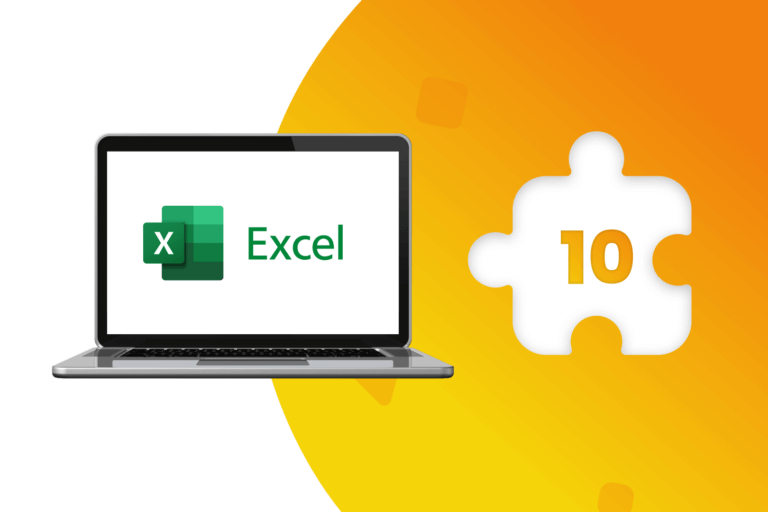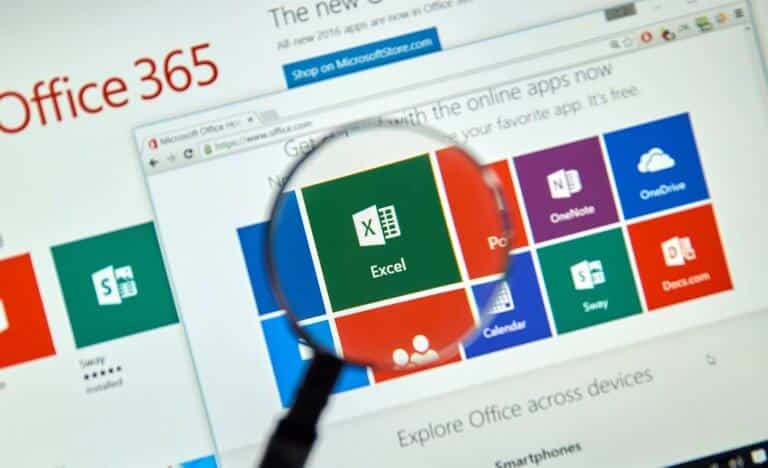One of the main priorities for any company is productivity. The challenge is to achieve maximum production, using available resources in the most efficient way. But achieving that goal is not easy. A complex task that adds a greater degree of difficulty happens when companies have teams that work from home, that carry out their responsibilities outside the office. So how do you measure remote work productivity?
Advantages of measuring labor productivity
Measuring labor productivity opens up a series of beneficial opportunities for companies. Among them are:
- Improve the level of competitiveness in its industry.
- Establish objectives and deadlines to meet.
- Identify factors that can impede the growth and development of the company.
- Visualize and project results in advance.
- Check actions that have the expected result.
- Make adjustments to achieve the highest levels of productivity, analyzing data, simplifying processes and making the analysis and decision-making task more efficient.
- Reduce weaknesses of the company, turning them into strengths.
Why is it important to measure productivity?
The productivity of any company is directly related to the ability of a work team to achieve its highest performance. And for that, it is essential to optimize each resource involved in the production process, which implies detecting what is being done well and what is not, to subsequently apply adjustment and correction measures.
However, beyond tangible resources, companies also have to measure a series of non-tangible factors, such as the work environment, flexibility and working conditions, the type of leadership exercised, among other factors.
Measuring each one of them aims to establish a dynamic of constant improvement, where the idea, far from subjecting workers to demands that are difficult to fulfill, seeks to ensure that the team achieves its maximum performance in a sustained manner.
Pandemic factor: The irruption of remote work
What was seen as a long-term trend to follow became an inescapable reality for thousands of companies and workers as a result of the Covid-19 pandemic: remote work.
The strict measures taken by the authorities to contain the pandemic forced workers to go to work from their homes. And as the situation improved and the economy reactivated, remote work proved its feasibility and companies now define their working hours by combining face-to-face and remote work, with hybrid schemes in which workers are not necessarily in the same physical space.
Beyond the great advantages of remote work, it is unquestionable that it also represents a challenge when it comes to measuring productivity. How can you evaluate what each person is doing if you are not physically close to observe their work?
The subject just escapes this logic of thought. Currently, specialists point out that productivity is higher to the extent that people work with defined objectives, in a work environment that promotes their appreciation, comfort, happiness and commitment to the organization.
Transparency: Key factor for effective measurement
Measuring productivity is a control mechanism. For that reason, it is essential that it be transparent, so that workers clearly understand what it is about, know that reliable data is required from each stage of the production process and understand what is being measured, how it is done and why.
Achieving the commitment of the work team makes it easier to detect a possible drop in productivity and recognize whether it is an individual or collective issue. In addition, it allows us to define if it is due to a lack of tools, skills or adequate training to carry out the work.
What do we have to measure?
When it comes to measuring the productivity of a company, concepts such as quantity, quality and efficiency of team work immediately appear. The reason is simple: if these factors fail, productivity will suffer.
However, the almost reflex action for many would be to think about controlling the hours worked by each worker, thinking that there is a directly proportional relationship between that number and productivity. Big mistake.
The metrics that really matter go much further. Time is still a major factor, but from the perspective of how long it takes a worker to complete a task. Quality can be measured through mistakes and successes, defects and even comments, user experience and customer satisfaction. The opinion and reflections of the workers on the process also add up. Ultimately, the quantitative and qualitative aspects have to come together when measuring productivity.
Take proactive measurements
The data that emerges from any measurement provides information on something that has already happened; for instance, the failure rate of a machine or the number of times a worker failed to meet a specific predetermined goal. These types of indicators are known as “lagging” indicators.
However, in the search for efficiency in remote work productivity it is essential to also have “leading” indicators, which allow us to assume or predict situations that are yet to happen.
This type of proactive action can be planned and modified more easily, although it is more difficult to execute, since it cannot be measured before. However, its importance lies in visualizing possible scenarios that harm productivity.
Among the “leading” indicators we can include the knowledge of the objectives by the workers, what is required to achieve them and what exactly is needed in each working day. As long as they are done proactively, it is possible to obtain the data necessary to achieve full productivity success.
How to take full advantage of productivity measuring
Obtaining data through measurements would mean nothing if there is no post-information analysis work. In other words, loose data will not solve much and the key is to make an integrated reading of it, interpreting it strategically and making decisions that always aim to improve existing indexes on a constant basis.
Just as the individual and collective objectives must be clear when producing, when making any measurement this logic must also be present. In this way, adequate planning is ensured, resources to evaluate the process correctly and clear goals that ensure sustained productivity with the highest possible performance.
Try DataScope and measure your remote work productivity now!
DataScope is a platform which allows various industries to streamline, organize and evaluate the work of the field staff thanks to online forms that provide real time indicators, 100% adaptable to any field.







